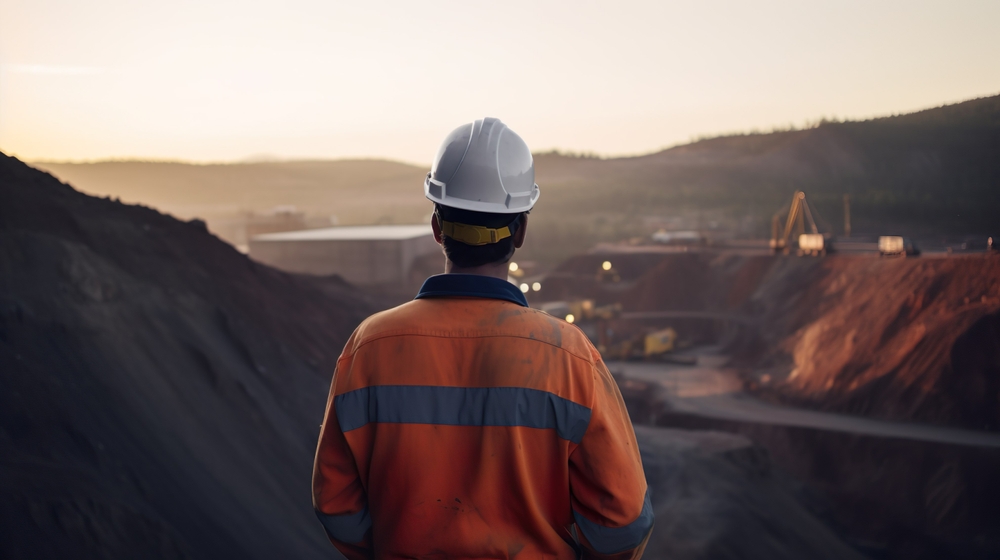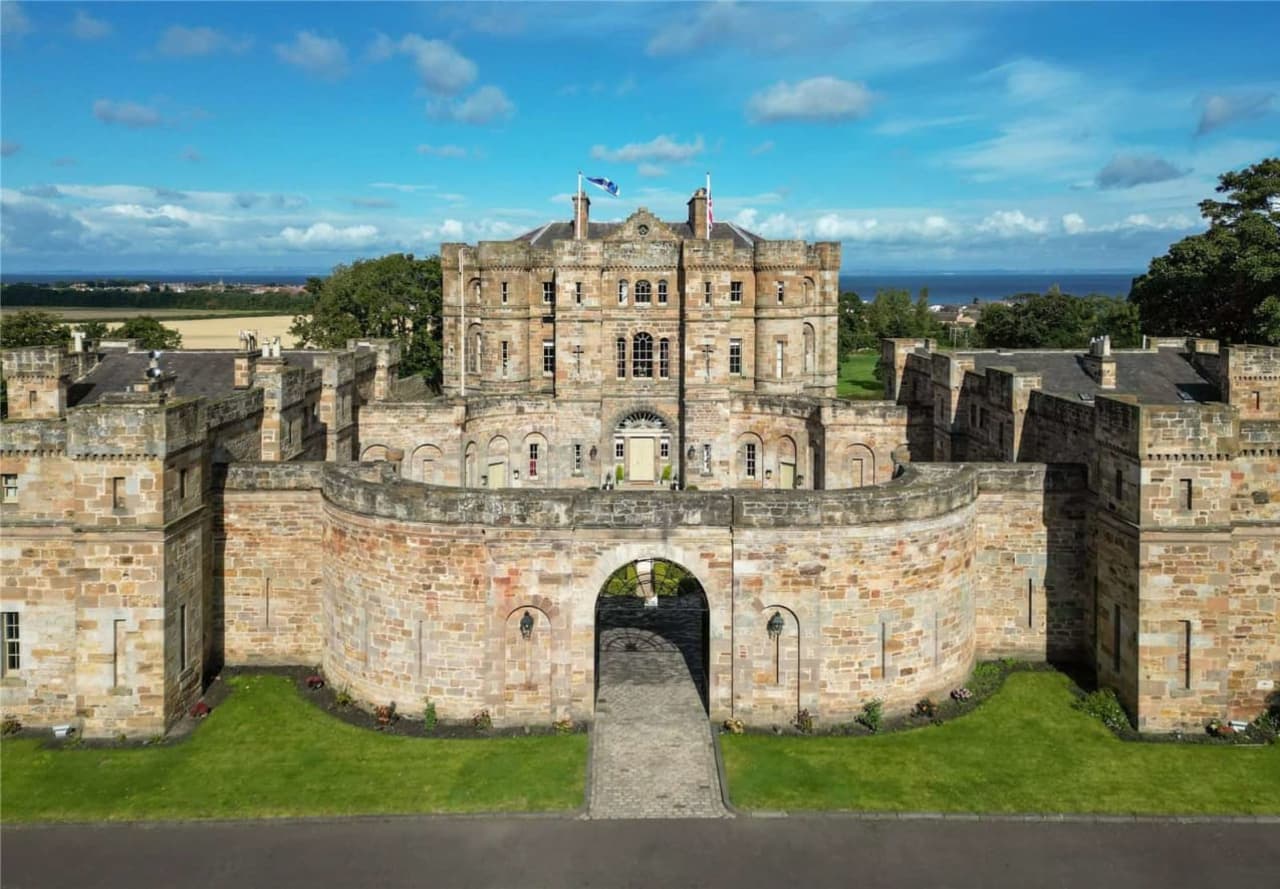Copper and uranium prices rise as world seeks a low emissions future
The 5-year official forecasts for commodity prices reveal some surprising winners and losers
The Department of Industry and Resources has released its official five-year forecasts for commodity prices, with the iron ore price expected to trade more than 25 percent lower than where it is today in FY29. Meantime, copper, nickel and uranium prices are expected to rise materially as the world decarbonises and embraces greater electrification and nuclear energy.
Mining stocks comprise a huge proportion of the ASX, and commodity prices directly affect share prices and company earnings. Therefore, these official price forecasts can provide valuable insights for shareholders of major miners like BHP, Rio Tinto, Fortescue, Mineral Resources and South32.
Australian resource and energy export earnings are forecast to be $417 billion in FY24. This is about 10 percent lower than the record $466 billion in exports last year. Those record exports were largely the result of a spike in energy prices as Western countries sought to avoid Russian oil and gas. Export earnings are expected to fall to about $369 billion in FY25 due to falling commodity prices, primarily energy prices, and a rising AU/US dollar. Exports would then level out through to FY29.
Iron ore is expected to remain Australia’s biggest earner among all our resource and energy exports, followed by liquified natural gas (LNG), other metals, metallurgical coal, thermal coal, base metals, and gold. The iron ore price closed 1.5 percent higher overnight at US$104 per tonne. It’s fallen 10.5 percent over the past month due to weaker Chinese demand. The department is forecasting an average price of US$103 per tonne in FY24. By FY29, the average is expected to have fallen to US$75 per tonne.
LNG prices are expected to fall from an average of AU$17 per gigajoule this financial year to AU$12 per gigajoule in FY29. Metallurgical coal will fall from US$289 per tonne in FY24 to US$207 per tonne in FY29. Thermal coal will drop from US$135 per tonne in FY24 to US$115 per tonne in FY29.
The oversupply of lithium seen last year as global production ramped up while demand fell amid fewer people buying electric vehicles (EVs) is set to continue to weaken lithium commodity prices. Some Australian lithium miners, such as IGO and Core Lithium, have suspended some of their operations after lithium prices plummeted in 2023. The department expects an average price of US$1,800 per tonne this year, falling to an average of US$1,231 per tonne in FY29.
Some particular metals are expected to soar in value due to the green energy transition. The average price of copper, which is essential for electrification and used in solar panels, wind turbines and EVs, is expected to be about US$8,258 per tonne this financial year. By FY29, the department expects copper to be trading above US$10,000 per tonne.
The nickel price has fallen dramatically in recent times, largely due to much new supply generated in Indonesia by Chinese-backed operators. The nickel price has dropped from an average price of US$23,911 in FY23 to US$16,845 today. The Federal Government recently added nickel to its Critical Minerals List to give Australian producers access to funding for support. The resources department expects the nickel price to recover somewhat to an average price of US$20,950 in FY29.
Another commodity expected to rise significantly in value over the outlook period is uranium. Many countries are embracing nuclear energy and building small modular nuclear reactors (SMRs) to support domestic energy needs. The uranium price leapt from an average US$51 per pound in FY23 to a 16-year high of US$106 per pound in February. The department anticipates an average price of US$85 per pound for FY24, rising to US$119 per pound in FY29.
“While global prices are easing, the [forecast] shows demand is likely to be sustained for commodities used in low emissions technologies, including iron ore, copper, aluminium and lithium,” said Resources Minister Madeleine King. The department noted that Chinese demand will continue to heavily influence commodity prices, however, India is now experiencing the world’s strongest economic growth and its expanding manufacturing sector will mean higher demand for resources.
This stylish family home combines a classic palette and finishes with a flexible floorplan
Just 55 minutes from Sydney, make this your creative getaway located in the majestic Hawkesbury region.
Impact investing is becoming more mainstream as larger, institutional asset owners drive more money into the sector, according to the nonprofit Global Impact Investing Network in New York.
In the GIIN’s State of the Market 2024 report, published late last month, researchers found that assets allocated to impact-investing strategies by repeat survey responders grew by a compound annual growth rate (CAGR) of 14% over the last five years.
These 71 responders to both the 2019 and 2024 surveys saw their total impact assets under management grow to US$249 billion this year from US$129 billion five years ago.
Medium- and large-size investors were largely responsible for the strong impact returns: Medium-size investors posted a median CAGR of 11% a year over the five-year period, and large-size investors posted a median CAGR of 14% a year.
Interestingly, the CAGR of assets held by small investors dropped by a median of 14% a year.
“When we drill down behind the compound annual growth of the assets that are being allocated to impact investing, it’s largely those larger investors that are actually driving it,” says Dean Hand, the GIIN’s chief research officer.
Overall, the GIIN surveyed 305 investors with a combined US$490 billion under management from 39 countries. Nearly three-quarters of the responders were investment managers, while 10% were foundations, and 3% were family offices. Development finance institutions, institutional asset owners, and companies represented most of the rest.
The majority of impact strategies are executed through private-equity, but public debt and equity have been the fastest-growing asset classes over the past five years, the report said. Public debt is growing at a CAGR of 32%, and public equity is growing at a CAGR of 19%. That compares to a CAGR of 17% for private equity and 7% for private debt.
According to the GIIN, the rise in public impact assets is being driven by larger investors, likely institutions.
Private equity has traditionally served as an ideal way to execute impact strategies, as it allows investors to select vehicles specifically designed to create a positive social or environmental impact by, for example, providing loans to smallholder farmers in Africa or by supporting fledging renewable energy technologies.
Future Returns: Preqin expects managers to rely on family offices, private banks, and individual investors for growth in the next six years
But today, institutional investors are looking across their portfolios—encompassing both private and public assets—to achieve their impact goals.
“Institutional asset owners are saying, ‘In the interests of our ultimate beneficiaries, we probably need to start driving these strategies across our assets,’” Hand says. Instead of carving out a dedicated impact strategy, these investors are taking “a holistic portfolio approach.”
An institutional manager may want to address issues such as climate change, healthcare costs, and local economic growth so it can support a better quality of life for its beneficiaries.
To achieve these goals, the manager could invest across a range of private debt, private equity, and real estate.
But the public markets offer opportunities, too. Using public debt, a manager could, for example, invest in green bonds, regional bank bonds, or healthcare social bonds. In public equity, it could invest in green-power storage technologies, minority-focused real-estate trusts, and in pharmaceutical and medical-care company stocks with the aim of influencing them to lower the costs of care, according to an example the GIIN lays out in a separate report on institutional strategies.
Influencing companies to act in the best interests of society and the environment is increasingly being done through such shareholder advocacy, either directly through ownership in individual stocks or through fund vehicles.
“They’re trying to move their portfolio companies to actually solving some of the challenges that exist,” Hand says.
Although the rate of growth in public strategies for impact is brisk, among survey respondents investments in public debt totaled only 12% of assets and just 7% in public equity. Private equity, however, grabs 43% of these investors’ assets.
Within private equity, Hand also discerns more evidence of maturity in the impact sector. That’s because more impact-oriented asset owners invest in mature and growth-stage companies, which are favored by larger asset owners that have more substantial assets to put to work.
The GIIN State of the Market report also found that impact asset owners are largely happy with both the financial performance and impact results of their holdings.
About three-quarters of those surveyed were seeking risk-adjusted, market-rate returns, although foundations were an exception as 68% sought below-market returns, the report said. Overall, 86% reported their investments were performing in line or above their expectations—even when their targets were not met—and 90% said the same for their impact returns.
Private-equity posted the strongest results, returning 17% on average, although that was less than the 19% targeted return. By contrast, public equity returned 11%, above a 10% target.
The fact some asset classes over performed and others underperformed, shows that “normal economic forces are at play in the market,” Hand says.
Although investors are satisfied with their impact performance, they are still dealing with a fragmented approach for measuring it, the report said. “Despite this, over two-thirds of investors are incorporating impact criteria into their investment governance documents, signalling a significant shift toward formalising impact considerations in decision-making processes,” it said.
Also, more investors are getting third-party verification of their results, which strengthens their accountability in the market.
“The satisfaction with performance is nice to see,” Hand says. “But we do need to see more about what’s happening in terms of investors being able to actually track both the impact performance in real terms as well as the financial performance in real terms.”
This stylish family home combines a classic palette and finishes with a flexible floorplan
Just 55 minutes from Sydney, make this your creative getaway located in the majestic Hawkesbury region.


















